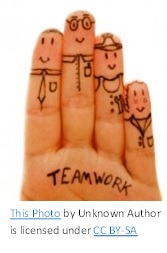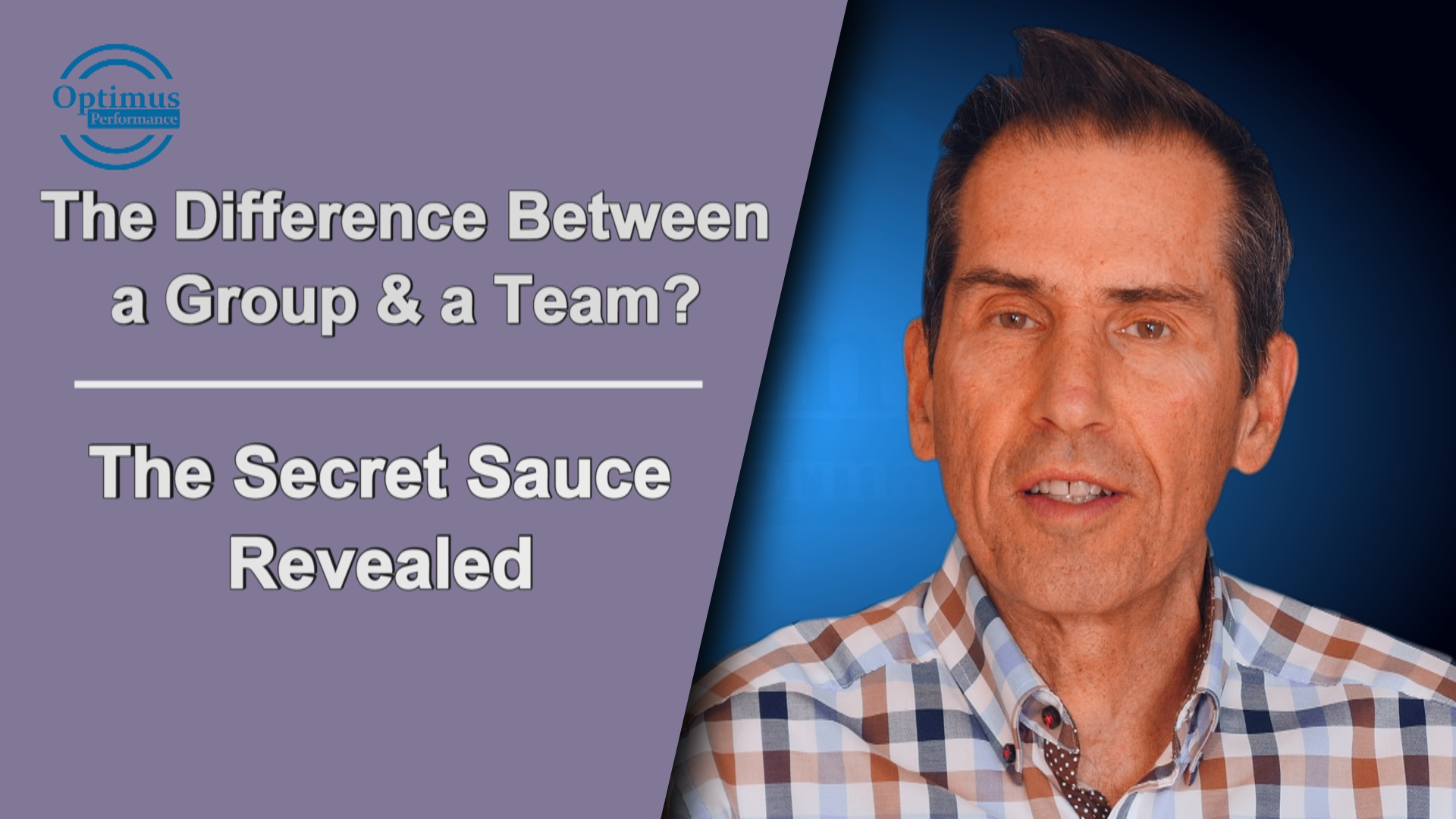What is the difference between a group and a team of employees? I ask this question during our training programs on leadership and team development.
 The most common answer is that a team of people have a common goal. While this is certainly an important aspect of mobilizing a team, a group of people can also have a common goal.
The most common answer is that a team of people have a common goal. While this is certainly an important aspect of mobilizing a team, a group of people can also have a common goal.
Take for example the construction of the building or structure. Many groups of people are working on the project but do not necessarily function as a team. Yet all the groups have a common goal for the result of that project.
Most people agree that teams can outperform groups of people. We see proof for that in sports where a team of people with lesser individual talent can outperform a team with superstars and win the top prize at the end of the season. There may be many reasons for this but the one that is vital we call TEAM SPIRIT.
Team spirit can drive a team to higher performance because a team that possesses greater team spirit can overcome obstacles to performance and avoid getting bogged down by petty conflicts.
Employees working in teams need to be able to collaborate, which means taking time to discuss ideas for improvement and engage in problem-solving activities. Training in human relations skills such as active listening, diplomatic disagreement, meeting management and collaborative problem-solving are vital for teamwork to progress.
But these skills alone do not necessarily create team spirit. Team spirit is created through self-knowledge and mutual understanding. People that know themselves and apply that knowledge to others that they work with, creates more of a tolerance and acceptance each other.
For example, let’s say one person on the team is an idea type who tends to push forward their ideas as they think they are the best. Another person may be an action type who just wants to get things done and is concerned about get bogged down by discussing new ideas too often. Because their styles are so different it could easily cause conflict between them. By learning about themselves and each other, both individuals can see how their natural styles are very different and to collaborate better they each need to use active listening in their interactions.
Active listening is a way to integrate empathy into group discussions and peer to peer communication. This is where training in human relations skills combined with personal development around self-knowledge and mutual understanding can bring the secret sauce that we call team spirit.
In our Style Of Leadership and My Team And I training development programs, we include an important segment on self-knowledge that is weaved into every module of the program. This way as people are learning the human relations skills component of the training, they can see how their type of person is affected when attempting to apply a newly learned skill such as active listening.
For example, the emotionally centred type that we call the Supporter tends to listen well to people. Thus, for them learning and applying the skill of active listening is relatively easy. But the same skill for an action type is quite different because they tend to value human relations less and at first may find active listening a waste of time. The only way to interrupt these patterns of thought and habits is through building self-awareness and goal setting.
 The other component of team spirit is mutual help and support. When people know themselves better they can set a personal development goal to work on to overcome their key challenge in human relations. Then real caring and support for each other can happen.
The other component of team spirit is mutual help and support. When people know themselves better they can set a personal development goal to work on to overcome their key challenge in human relations. Then real caring and support for each other can happen.
This is where having a common goal becomes crucial so people can work towards that while applying better skills in human relations. Team members may not like everyone on the team but once they understand each other better and start practising better human relations, they can put aside their mutual differences much easier. This will eliminate getting bogged down in conflicts that breaks down communicating.
Having said this, it is up to the leadership of the organization to understand the importance of self-knowledge and human relations skills development to build teamwork.
Management often thinks that bringing people to team building activities such as adventure challenges is enough to build greater teamwork back on the job. While these activities are surely fun and do build camaraderie, they must be complemented by training in self-knowledge and human relations.
